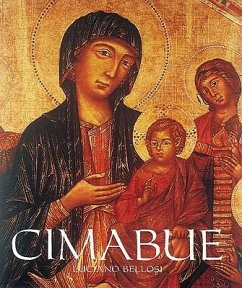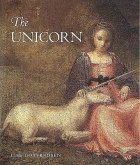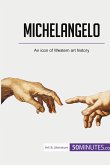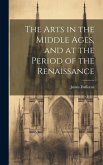Creator of brilliant devotional paintings and mosaics, Cimabue (c. 1240-1302) represented the transition from medieval to early Renaissance art; his legacy is revealed in this authoritative volume, the first new monograph in 30 years. Cimabue is credited with bringing a naturalistic style to the stiff Byzantine forms of 13th-century art. The appeal of his work is undeniable: his trademark elements -- gilt thrones for the Madonna and angels with great multicolored wings -- were echoed by generations of artists, and even today his pieces speak with immediacy and power. In the absence of surviving documentation, many elegant, classical works are convincingly attributed to Cimabue, works in the collections of the Uffizi, the Louvre, and the National Gallery in Washington, D.C. Other of his saints and Madonnas still decorate the churches for which they were created: paintings in Arezzo, Bologna, Florence, and Pisa, as well as the frescoes in the church of St. Francis in Assisi that were severely damaged in the earthquakes of 1997 (the frescoes are reproduced here as they looked just before the tremors). Luciano Bellosi's text examines the written and painted documentary evidence -- not only of Cimabue's work but that of the artists he influenced -- to create a vivid portrait of the artist in the historical, political, and cultural context of Tuscany and central Italy.
Hinweis: Dieser Artikel kann nur an eine deutsche Lieferadresse ausgeliefert werden.
Hinweis: Dieser Artikel kann nur an eine deutsche Lieferadresse ausgeliefert werden.








